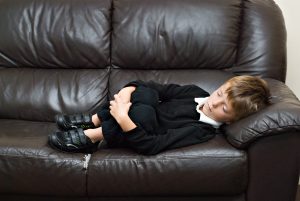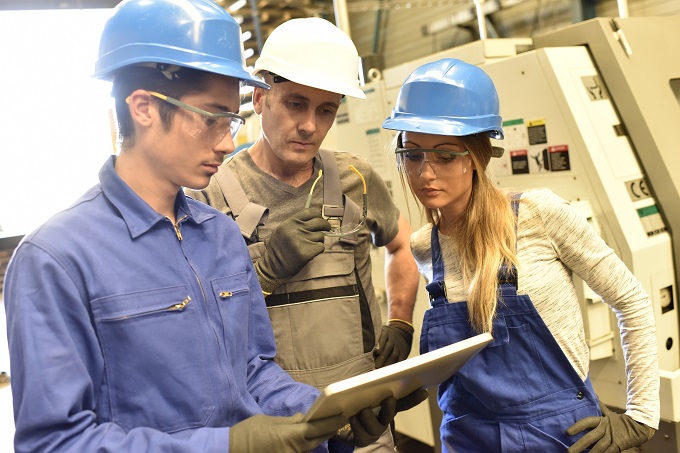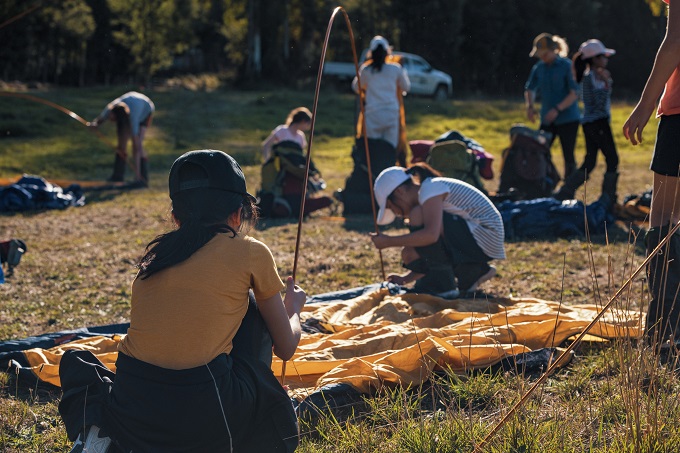Finland strikes again, this time at bullying

The Finnish education system is coveted by teachers, parents and informed students all over the world. After introducing reforms more than 40 years ago, Finland’s education system has been characterised by a teaching profession that is harder to enter than medicine.
Finland has only one standardised test, which students sit at age 16, and students very rarely complete homework until they are in their mid-teens. In fact, children don’t even start school until they are seven years old, yet their students emerge as some of the most competent in the world.
In Finland, teaching carries a prestige that befits the demands of the job. According to Dean Field Rickards of the Melbourne Graduate School of Education teaching is a “complex and challenging area”, and the Finnish seems to appreciate this.
Not all opinions support this utopian ideal, however. Steven Schwartz is chair of the board of the Australian Curriculum, Assessment and Reporting Authority and he was recently published in The Sydney Morning Herald saying something quite different. Not only are the Finnish PISA scores slipping (Finland fell out of the top 10 in 2012), but according to Steven Schwartz, “Finnish educators are not entirely comfortable with their country serving as a model for the rest of the world”. Before we all emulate Finland, perhaps, as Mr Schwartz has, we need to take a look at the differences between Australia and Finland. “The population is not much larger than Sydney’s”, according to Mr Schwartz and with “very little cultural diversity and few disadvantaged schools”, some circumspection might be in order.
Finnish graduates do have the highest rate of students in Europe who continue to tertiary education, but in the context of the above demographics, perhaps other factors are at play.
Nevertheless, Australian students are reporting high levels of stress and parents are widely concerned about pressures on students to perform. Finland clearly has something to offer, even if it can’t be applied in all schools settings. If we are not about to abandon testing and give teachers a pay rise, we could join New Zealand, USA, UK, The Netherlands, Sweden and several other countries in learning from their anti-bullying approach.
Finnish approach to bullying
In Finland, a large-scale anti-bullying program called KiVa has been shown to reduce bullying by up to half. The comprehensive school-based program includes experience-based learning. This involves roleplaying exercises that place individuals in different roles than they might normally play. This allows each participant to cultivate a greater level of empathy, through playing out social experiences, and experimenting with responses under the supervision and guidance of a KiVa trained practitioner, usually a teacher.
The program also involves individual and group discussions, and online tools such as computer games. The method encourages the instigator to engage in a reflective process about the consequences to others of their actions, and then direct their own restorative practice to ‘put things right’ with the victim. Punishments will only be implemented if the process does not work, and the instigator re-offends. Punishments will vary from school to school and are not included in the KiVa method.
Results from a study carried out in Finland showed a significant reduction in bullying after just one year of implementing KiVa. There was a 98 per cent improvement in the victims’ situation, and an end to bullying in 86 per cent of reported incidents.

The world’s first anti-bullying strategy initiated by a government, the KiVa program was established in 2009, and rolled out to 90 per cent of Finnish schools in just three years. “Kiusaamista vastaan” means “against bullying,” in Finnish, while the word “kiva” means “nice. The success of the program has resulted in a rapid spread across the globe, with New Zealand adopting the program over 2013 and 2014. The results have been excellent, with schools reporting a reduction in bullying, and a greater feeling of safety and wellbeing for students.
One school in New Zealand has had such success that they are raising funds for a trip to Finland to learn more. Te Awa School, in Hawkes Bay, is a KiVa school, and they have decided to travel to Finland where they will further investigate KiVa.
According to the KiVa program website, “they plan to do this by observing KiVa in action and by speaking with parents, principals, teachers and, of course, the students themselves. All of this will give Te Awa School first-hand knowledge from those who have been implementing Kiva for a number of years and who will have their own stories and successes to share.” The school intends to share what they have learnt with other New Zealand KiVa schools and establish a supportive KiVa network.
A team at the University of Kansas has successfully implemented the program in American schools, while Professor Donna Cross from Western Australia’s Edith Cowan University commenced efforts in 2011 to have governments introduce similar programs here in Australia. In 2011, the Finnish findings were presented by Professor Cross and Finnish director of the project, Professor Christina Salmivalli to Western Australian principals and teachers. While many Australian schools implement related practices within school anti-bullying policies, KiVa has not yet been implemented in any Australian schools.
In 2014, a paper was published in Educational Psychology in Practice: theory, research and practice in educational psychology, titled ‘How teachers address cases of bullying in schools: a comparison of five reactive approaches’. The article examined the efficacy of five common ‘reactive responses’ to bullying from teachers.
While author, Ken Rigby points out that the results of studies into the effectiveness of different approaches have been “suggestive rather than definitive”, he does note that the method of ‘shared concern’ (“a multi-stage strategy devised originally by Anatol Pikas, a Swedish psychologist”), involves the lowest degree of “coercion” and the highest degree of “creative engagement”, of the five examined. These were, direct sanction, restorative practice, mediation, support group method, and shared concern.
Mr Rigby concludes that “it seems likely that when outcomes are brought about through a collaborative process in which students are actively engaged, the resolution is more likely to be durable”, and perhaps it’s the collaborative nature, and the ‘creative engagement’ of bullies, victims, and the bystanders, in the KiVa program that is producing results.
Just as it’s the first few followers who make a positive movement possible, the first few bystanders watching, but not acting against the treatment, make bullying possible. KiVa focusses on the vital role played by bystanders and engenders a sense of shared responsibility.
Ken Rigby’s full article is available online here. For more information in the KiVa program, visit: http://www.kivaprogram.net







